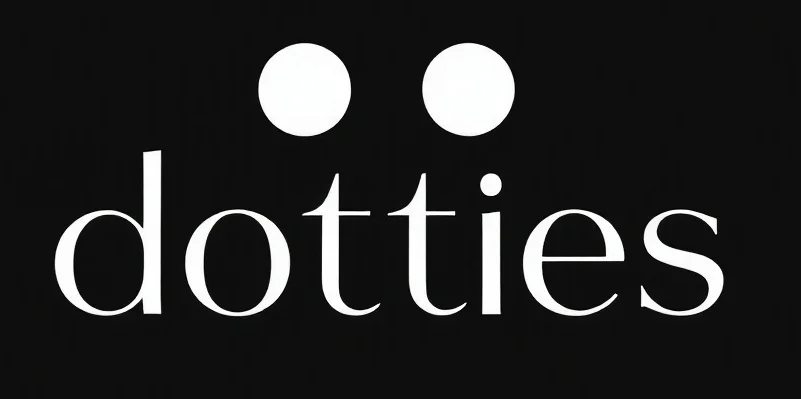Is Your Entrepreneurial Vision Clouded by Complexity?
Welcome, fellow entrepreneurs! Picture this: You’re standing at the starting line of your new business venture, excitement bubbling like a kettle on the verge of boiling. But then, reality hits, and it’s like someone handed you a 500-page manual written in Klingon. Business jargon can feel like that, complicating what should be straightforward. But fear not! Tools like inpaint are here to help clear the fog, and I’m here to guide you through it.
Understanding the Art of Business Simplicity
As an entrepreneur, you know that the road to success is less like a highway and more like a twisting mountain path. So, how do you navigate it without veering off the cliff? The secret lies in understanding and simplifying complex business concepts. Think of it as decluttering your workspace; it’s about identifying the core elements that drive value and discarding the rest.
Let’s break it down. Imagine you’re baking a cake without a recipe. You wouldn’t just throw in ingredients willy-nilly, would you? You’d want to understand the role of each component. Similarly, in business, each term and tool has its place. By breaking them down into digestible pieces, you can not only grasp their meaning but also apply them strategically.
Strategies for Cutting Through the Jargon
First, let’s talk about actionable steps. Start by identifying the most common terms you encounter in your industry. Use resources like inpaint to clarify their meanings. This tool can help you visualize and contextualize data, making abstract terms more tangible.
Next, apply these concepts in real-world scenarios. For instance, if you’re learning about “market segmentation,” don’t just read the definition. Think about how it applies to your customers. Are they marathon runners or sprinters? Are they tech-savvy or technophobes? By tying jargon to real-world applications, you create a mental map that’s easier to navigate.
Finding Balance in the Entrepreneurial Journey
Now, let’s address a common pitfall: the temptation to over-optimize. Entrepreneurs often fall into this trap, tweaking every aspect of their business until it’s a Frankenstein monster of unnecessary features. Remember, simplicity is key. Focus on the essentials that align with your business goals.
For example, when I was building my first startup, I spent countless hours perfecting our product features. But it was the simple, user-friendly design that won over customers. This doesn’t mean you should avoid innovation, but rather, approach it with strategic pragmatism. Innovation should serve a purpose, not just exist for its own sake.
Actionable Recommendations for the Aspiring Entrepreneur
As we wrap up, here are some practical recommendations to keep your entrepreneurial engine running smoothly:
- Stay Curious: Never stop learning. The business world is dynamic, and staying informed will help you anticipate and adapt to changes.
- Build a Network: Connect with fellow entrepreneurs. Share insights, challenges, and successes. Remember, a community’s collective knowledge is a powerful resource.
- Embrace Failure: Treat it as a learning opportunity. Every misstep is a chance to refine your strategy and come back stronger.
- Iterate and Improve: Continuously refine your processes based on feedback. This iterative approach will keep your business aligned with customer needs.
In conclusion, entrepreneurship is not just about having a groundbreaking idea; it’s about execution, strategy, and a touch of humor to get you through the tough times. Remember, you’re not alone on this journey. Use tools like inpaint to demystify the complexities, and always keep moving forward. Onward and upward!
Checkout ProductScope AI’s Studio (and get 200 free studio credits)

